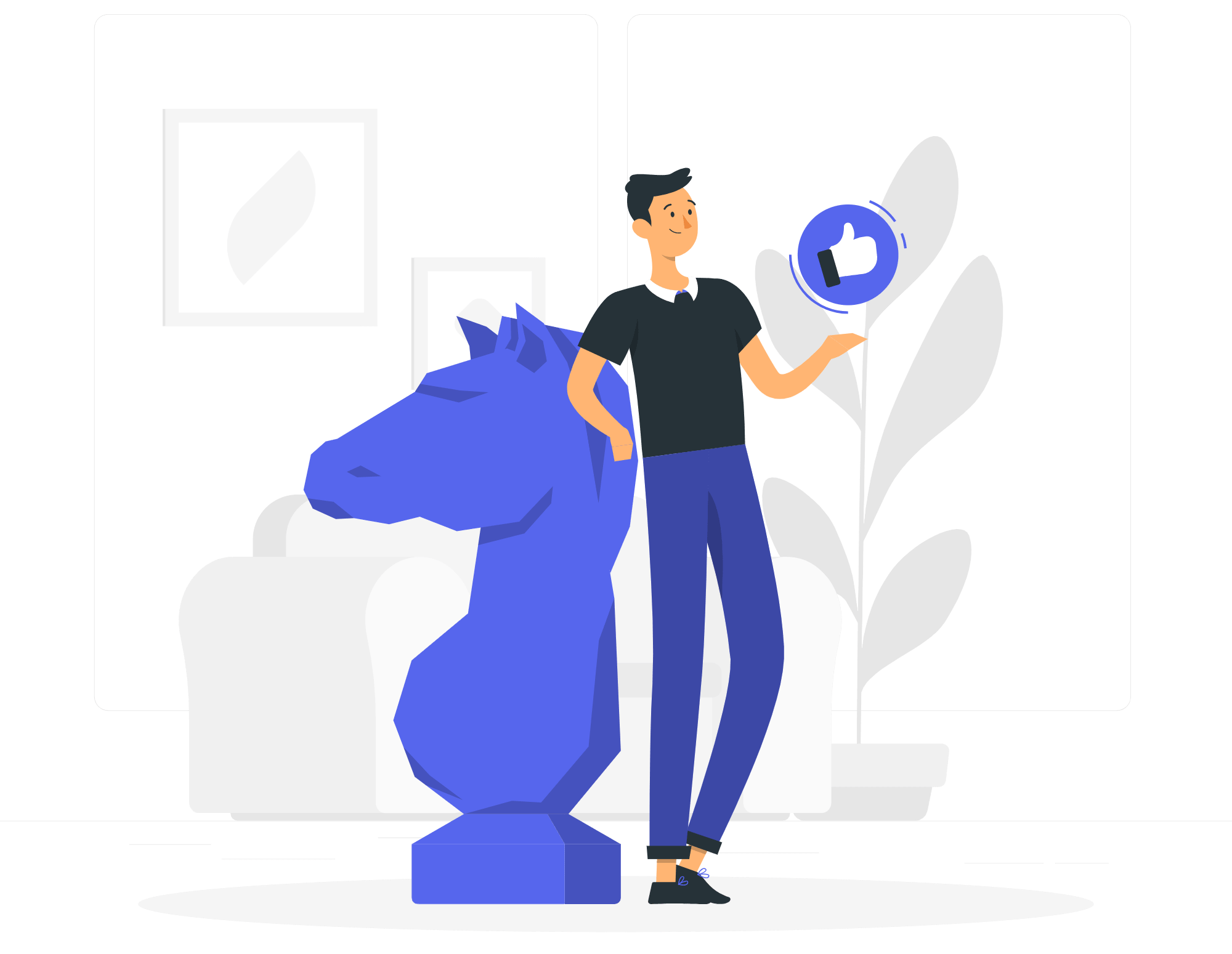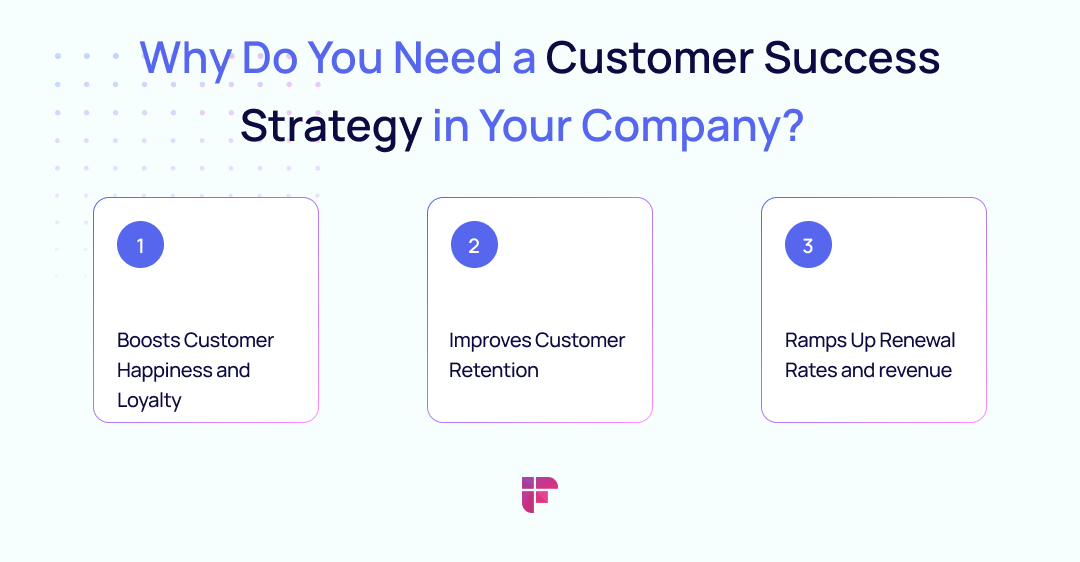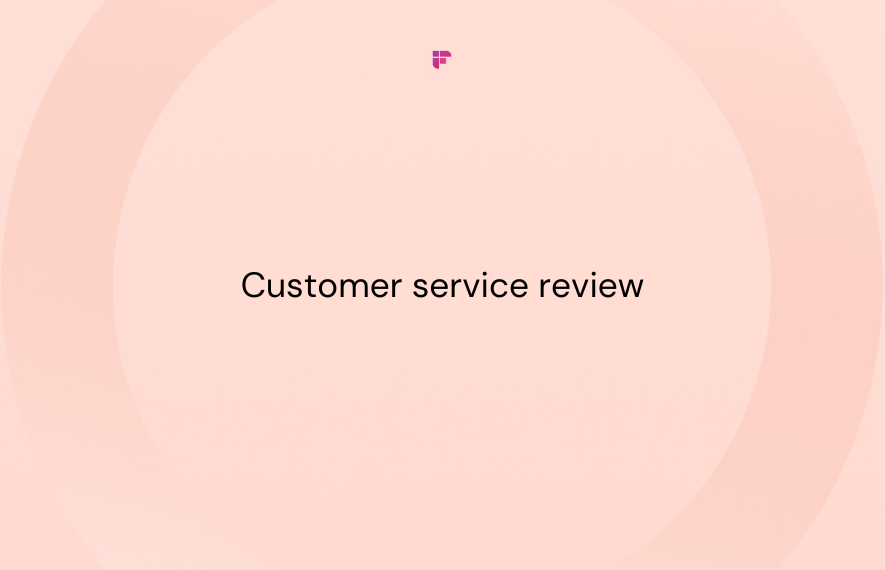Theodore Levitt once said: “People don’t want to buy a quarter-inch drill. They want a quarter-inch hole!”
The primary differentiator of successful companies is the experience they provide to their customers. It’s not just about the product they offer; but how the customer arrives toward his desired outcome.
Today, companies are heavily focused on reducing friction for customers to achieve their goals. Sales and marketing are about understanding a customer’s pain points and offering solutions.
But what about helping buyers achieve the desired outcome? That’s where customer success comes in. It’s about designing a journey of smooth experience for the customers and helping them achieve their goals.
Modern buyers have multiple options at their fingertips while searching for a solution. Good marketing can take them to a point in the sales cycle (acquiring), but it is the sales journey and fruitful interactions that determine customer retention and loyalty.
In fact, 86% of buyers are ready to spend more for a better customer experience (survey). If you’re only fixated on product development and not on customer success, rethink. Building a robust customer success strategy can boost your customer retention.
What is a Customer Success Strategy?

A customer success strategy is a framework that helps customers achieve the desired results through your company. It deals with anticipating customer challenges and issues and actively providing solutions and updates.
Consider a funnel that starts with a problem and ends with the desired outcome. Customers go into the funnel and suffer friction while using the product. If the conflict is too much, they will quit (churn). Now to reduce friction and ensure a seamless experience, you need a lubricant. That lubricant is the customer success strategy.
Before drafting a customer success management strategy, understand the difference between customer satisfaction and customer success.
Let’s take a company that offers software to teachers to conduct private online classrooms. If the teacher is enrolling new students into the class, that means he’s achieving the intended results.
But there would be some teachers who love the product yet cannot leverage the platform—either the onboarding isn’t smooth or the UX isn’t intuitive. This is an example of customer satisfaction but not customer success.
“I love your platform, but I don’t know how to…”
That’s an opportunity to call into play your customer success team.
Why Do You Need A Customer Success Strategy in Your Company?

Customer success directly translates to company success.
The main idea behind forming your company is to solve a specific pain point. Customer success is the validation of that idea. A perfect customer success strategy does three things very well:
Boosts Customer Happiness and Loyalty
When your customers achieve their aims with your help, they turn into brand loyalists. Sustained customer success boosts them to become your brand promoter and advocate.
They’ll be the ones who’d be bringing you new customers (friends and family) without extra cost. Customer success strategy sparks word-of-mouth marketing.
Improves Customer Retention and Renewal Rates
Happy customers are more likely to stay connected to your brand. SaaS businesses have an advantage here as they can monitor their product usage.
They can easily anticipate and deploy solutions to a problem. By monitoring and reducing frictions at touchpoints, you’re giving customers reasons to stay.
Customer success is advantageous as customers won’t search for other options to solve an issue. They will be happy to renew subscriptions, which leads to our next point. About 86% of customers are willing to pay more for a great customer experience.
Ramps Up Revenue
Since you retain more customers, you don’t need to spend heavily on new acquisitions to maintain profit. A low churn rate implies that you have a pool of satisfied customers.
This is especially crucial for SaaS businesses as they can capitalize on this pool to upsell and cross-sell, impacting the bottom line. Customer-centric businesses drive 4-8% more revenue than their counterparts.
How to Build a Customer Success Strategy To Improve Customer Retention

1. Define What Success Looks Like For Your Customers—Identify Customer’s End Goal
The first step to building a robust CS strategy is understanding why customers are coming to you. This is to uncover their desired outcomes and expectations from the product. You need to figure out the end goal that the customer wants to achieve through interactions with your company.
For instance, a customer won’t buy a tool just because he wants to keep it. Instead, he wants it to fix an inefficient process or operation. Thus, you need to define what customer success means for your customers, not you. This starts with interacting with your customers frequently and evaluating their needs, often in a discovery call.
Conduct a behavior analysis, analyze social media mentions, or track usage reports to derive data and discover their goals. You can also develop a buyer’s persona to organize and segment your ideal buyers. While prospecting, you may get multiple end goals of customers; that’s fine. Recognize the top goals and arrange them as per their popularity amongst customers.
2. Build a Great CS Team
Hiring a skilled customer success team assures customers that you care about them. Without a customer success team in action, customers won’t align with your offerings; they’d consider it just another option. A customer success team can foster strong relationships with customers and become their trusted advisors.
This relationship goes a long way. Customers become a part of your brand, a brand they reach out to in case of problems. This increases customer loyalty and improves retention. While hiring, look out for candidates who are excellent team players and communicators.
A great place to find people fit for your CS team is the customer service department. They are the people who understand the product in-depth and know the associated struggles. Customer service reps are already geared towards solving roadblocks.
You just need to re-align them to work proactively to anticipate problems and empathize with the buyers. Once you have a team working efficiently, hire newbies to bring more talent.
3. Leverage Right Tools
An essential step in creating a customer success management strategy is choosing and leveraging the right tools—automated or manual. Manual operations require that you build plans for customer success efforts, measure them, and execute them to your accord.
With automation, most repetitive tasks will be streamlined. Features like automatic alerts, customer status reports, and progress tracking boost the efficiency of the CS team.
If you decide to deploy automation, you’ll need tools to mine data on product usage and customer interaction to understand the behavior and motivation. You’ll also need a communication tool to connect and engage with customers and record every interaction with customers so that no engagement falls flat without context.
For instance, CS teams can use Fireflies.ai to take notes while interacting with customers in meetings. Fireflies.ai automatically captures and transcripts meetings and sends meeting notes directly to you.
Search across the notes using smart search filters or create soundbites to showcase skills during sales team training. You can have Fireflies auto-join meetings with a conference link. Fred (Fireflies assistant) can join your sessions and send rich digitized notes directly to your connected CRM.
4. Outline Customer’s Journey
If a customer can’t progress from point A in his journey, there are very low chances of him reaching his end goal. It’s critical to identify the opportunities occurring at every stage of the sales cycle. That way, you can deliver a perfect experience to customers at every touchpoint.
Develop a customer journey roadmap, revisit if you already have one, and identify the challenging areas for customers. The next step is to devise actions to ensure the journey is cleared of all the roadblocks. As a starting point, you can ask the following questions:
- What is the desired result of this step for a customer?
- What will be most beneficial to customers at every touchpoint?
- What are the points where the product/service you’re offering are failing expectations?
- How can you track the struggles of customers at each step?
This is also where you need to think about how CS reps interact with customers (channels and assignments). You can assign one rep per account or rotate accounts between the team. If you’re a big company, you can deploy AI bots to take care of the FAQs. This will allow the customer support team to focus on customer success efforts.
You can train the bots to handle common struggles like password change, email updates, etc. As a result, the team can eliminate repetitive work and divert attention to what matters the most—engaging with buyers.
5. Measure Right Customer Success Metrics
A strategy won’t be efficient if you can’t evaluate its performance and identify the loopholes. Customer success has a key analytics side too to measure KPIs. Since CS is a mutually beneficial relationship, identify metrics that align with company success and customer success.
Here are some KPIs that determine the effectiveness of customer success:
- Churn Rate: The number of customers opting out from doing business with you over a specific time interval. For SaaS, this translates to the number of users quitting subscriptions.
- Retention Rate: This is opposite to the churn rate. It means the number of customers staying with you over a specific period. A high retention rate leads to customer loyalty—customers doing repeat business.
- Expansion Revenue: The percentage of revenue coming from the existing pool of users. This happens when existing customers renew higher subscriptions, move from free trial to premium, or purchase add-on features.
- Customer Lifetime Value (CLV): It is the expected profit from a customer doing business with you. It can be represented as:
CLV= (Average purchase value-Average purchase frequency)*Average customer lifespan
(Where, average purchase value=total revenue/total no. of purchases. Average purchase frequency= No. of purchases/No. Of customers. Average customer lifespan=Customer lifespan total/No. of customers in the equation.)
When analyzing the impact of your CS efforts on the customer, the KPIs are:
- Customer Satisfaction Score (CSAT): To measure how happy customers are using the product/service.
- Net Promoter Score (NPS): To identify brand loyalists from defectors.
- Customer Effort Score (CES): To evaluate the quality of customer experience.
6. Continuously Optimize Strategy
There is no secret strategy that is perfect and applicable for all businesses. All customer-centric brands curate their CS strategy after a lot of hits and misses. Deploying a customer success strategy is not a one-day event. Instead, you need to develop the strategy with the feedback and data you receive after application.
For instance, if your CSAT score is 4 (out of 10) for your pricing page, that means you need to rework the entire webpage. KPIs should be at the center while improvising your products, service offerings, or pricing.
Keep Raising the Bar
Customer success is a crucial pillar in business. There is no finite box to break while improving your strategy—it’s an ever-evolving function. Your team should keep pushing the bar of excellence every time it performs.
Beware of copying another businesses’ CS strategy. If it worked for them, it might not be suitable for you.
The best approach is to follow the steps, deploy a well-crafted strategy, measure results, optimize, and apply the high ROI methods.
READ NEXT:








